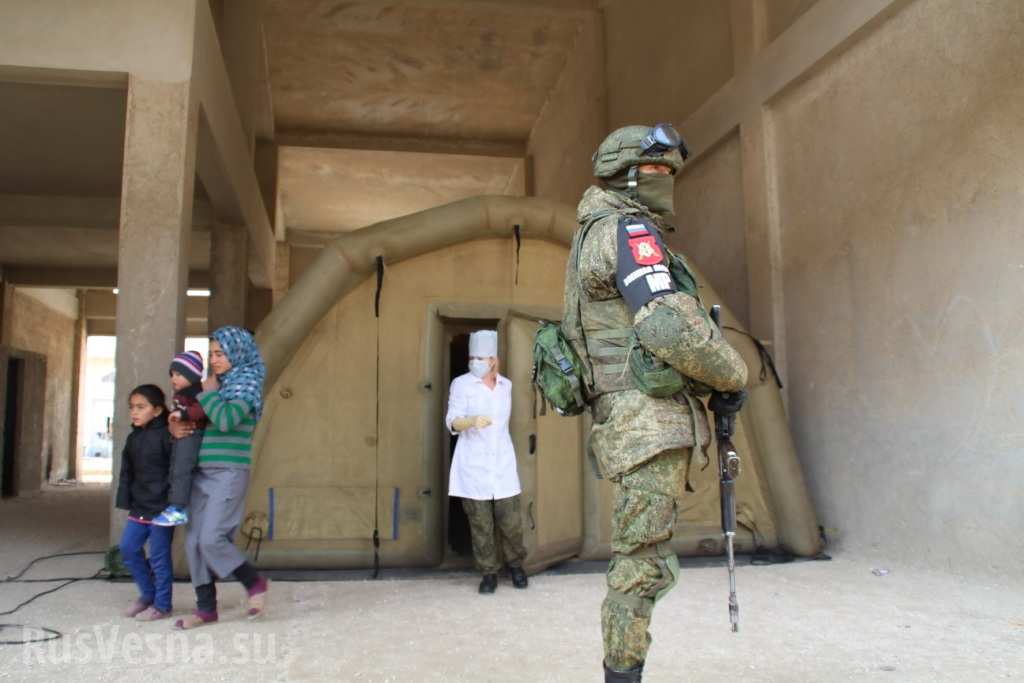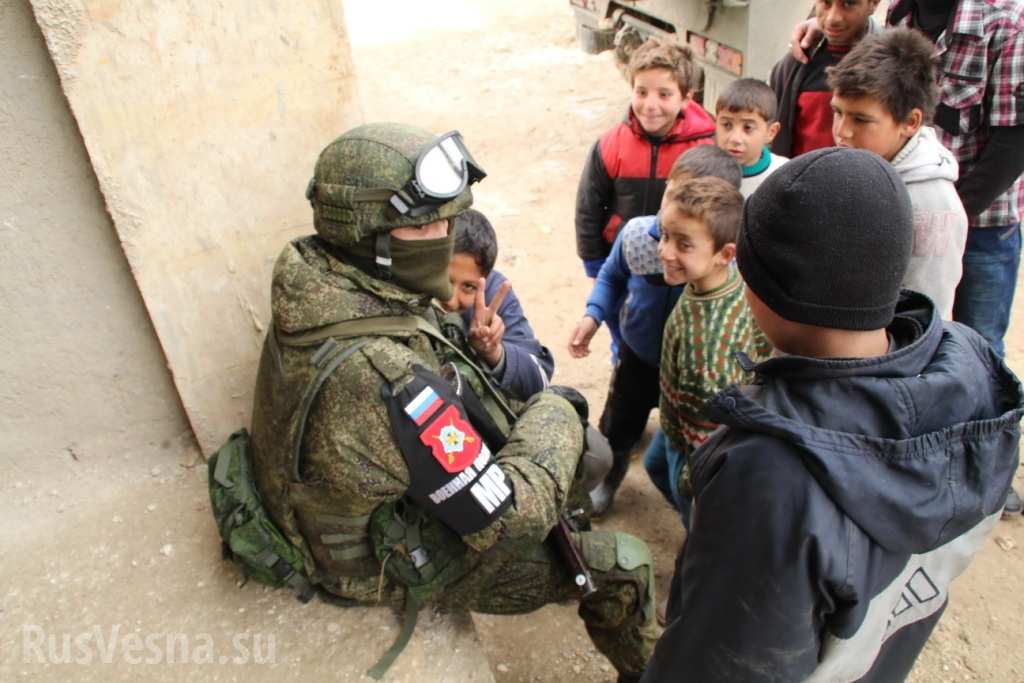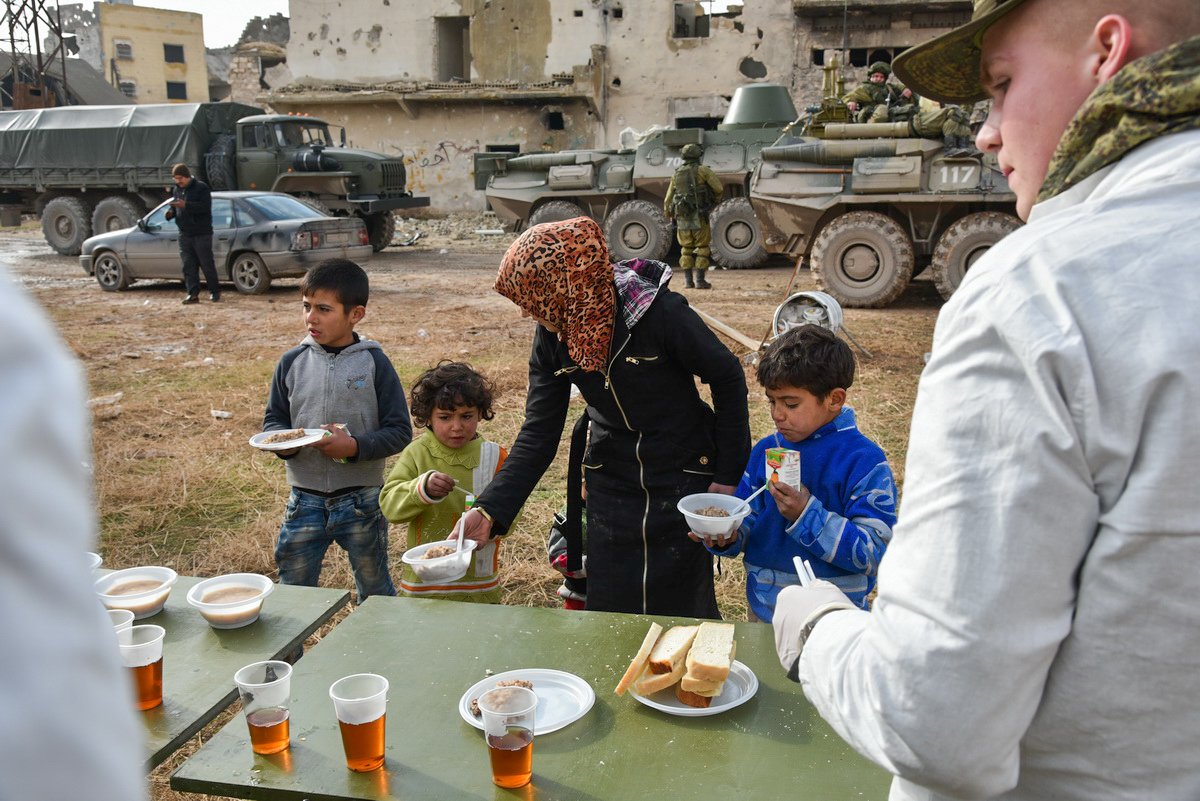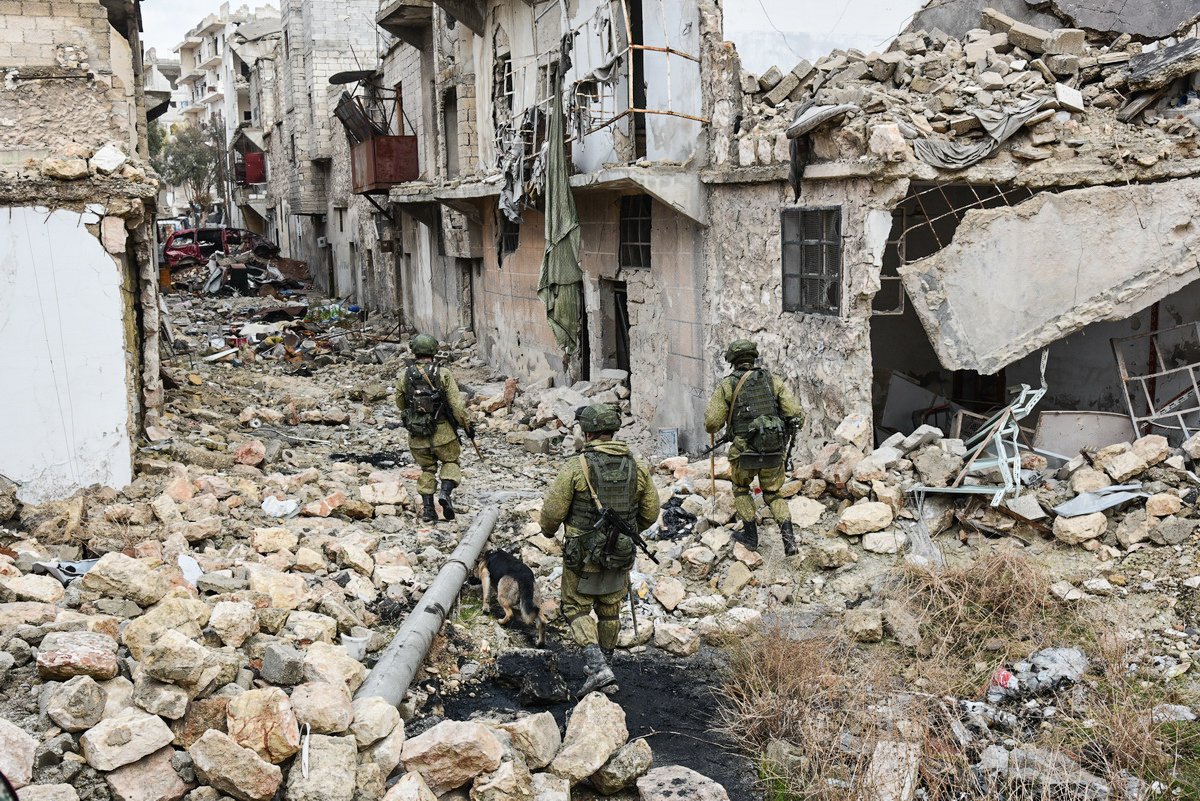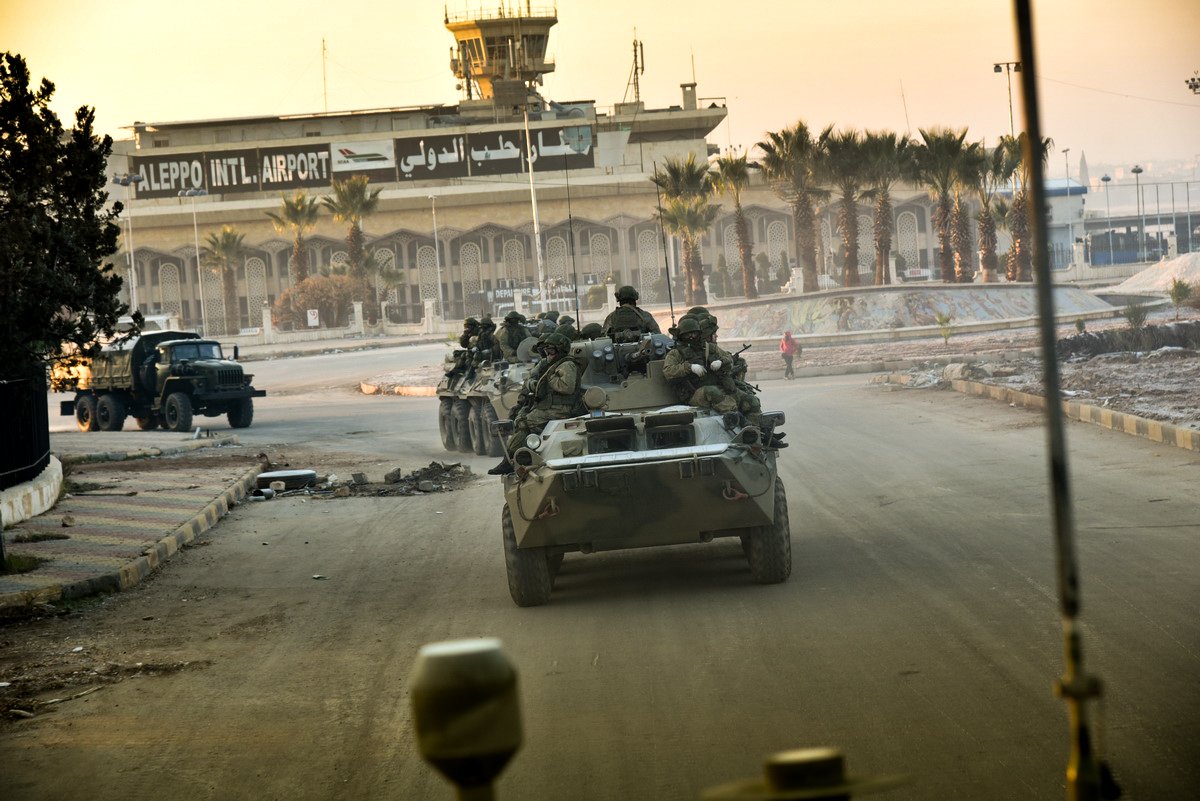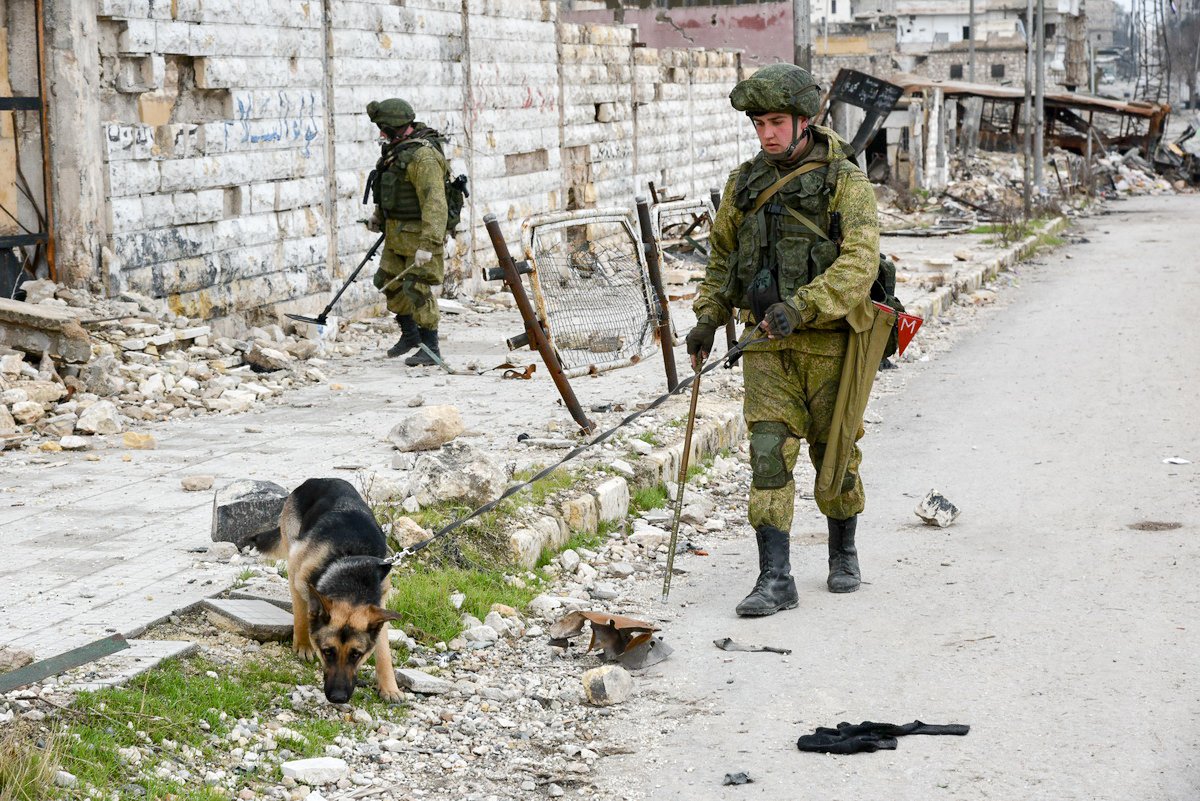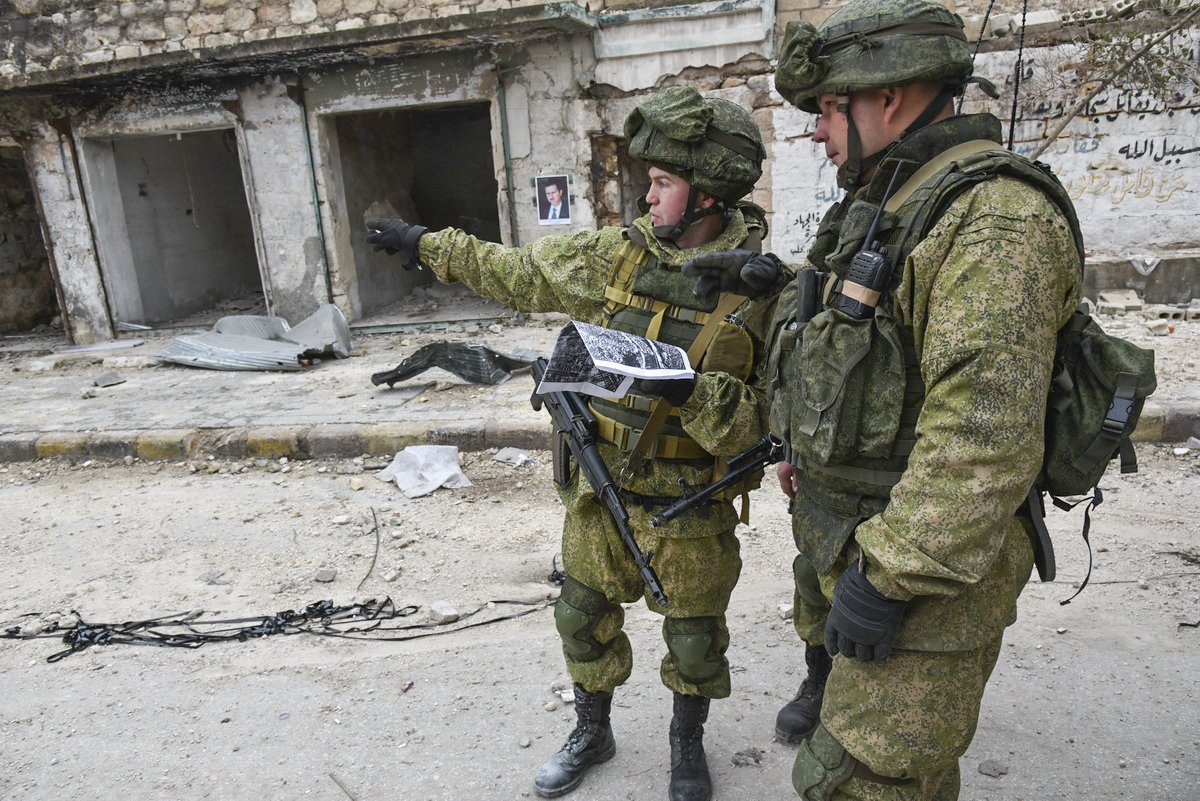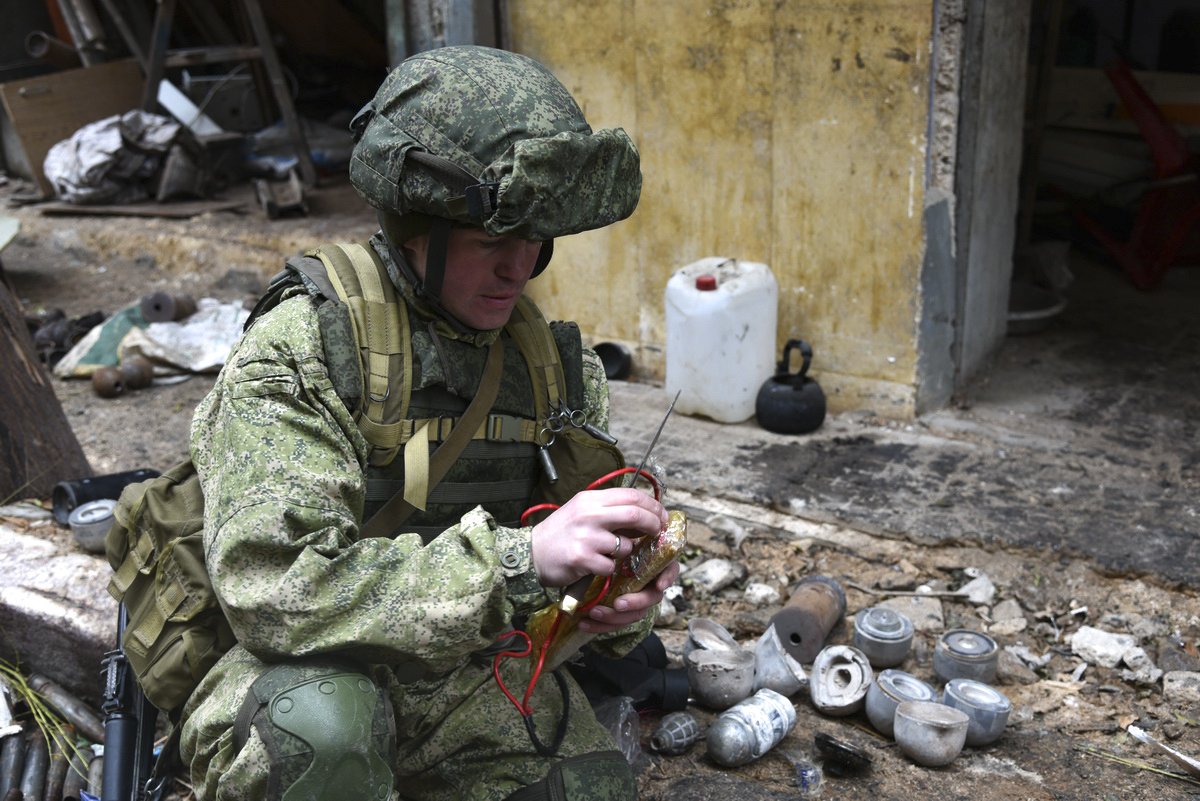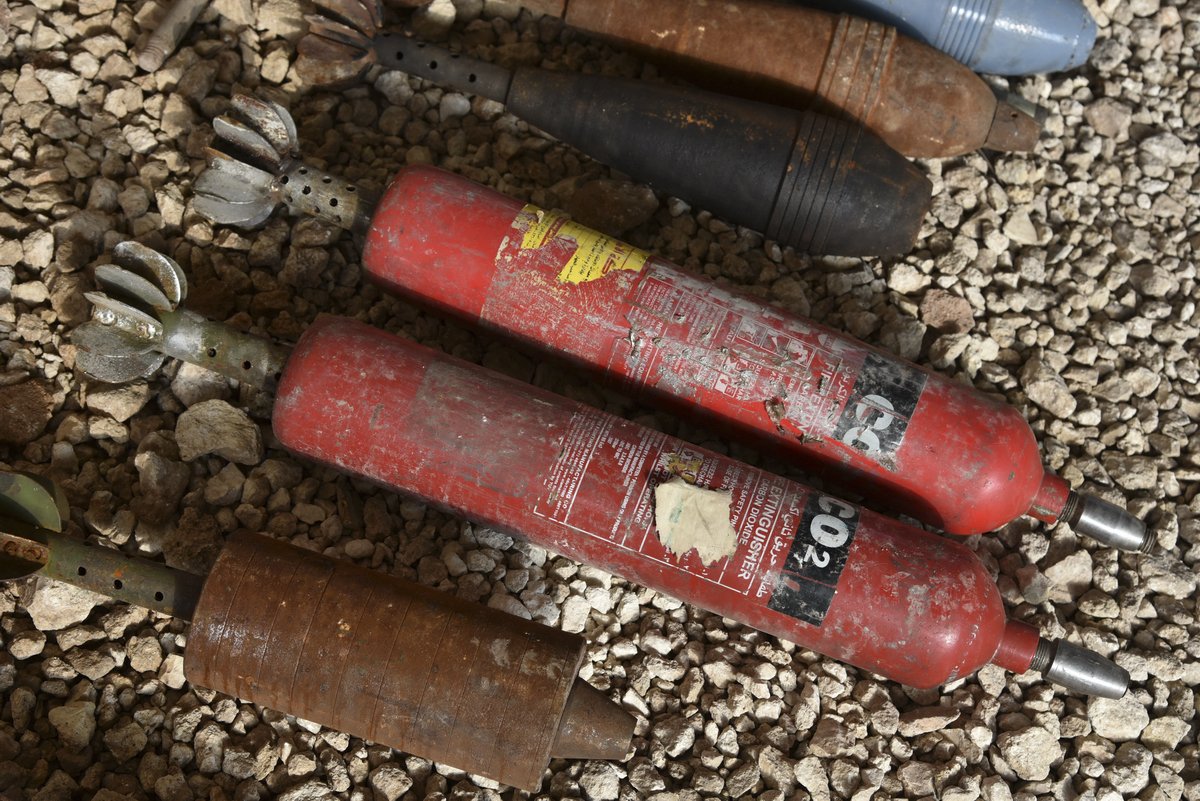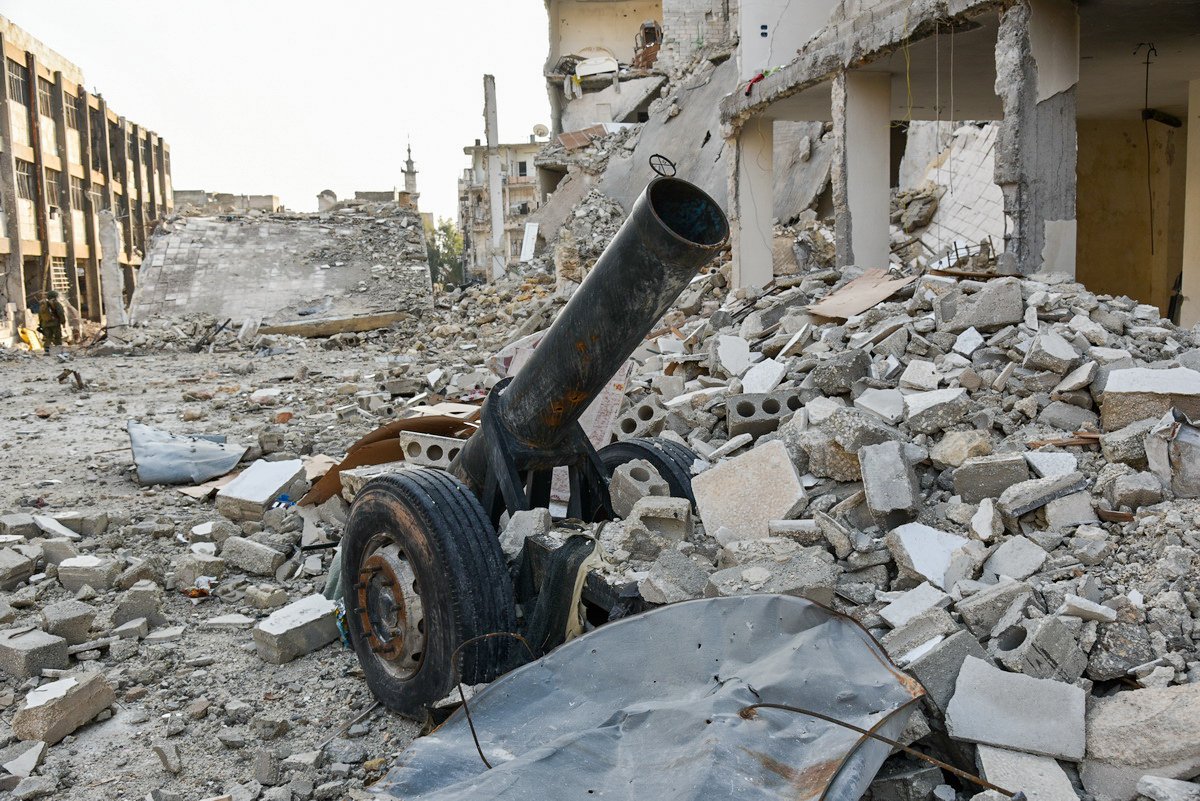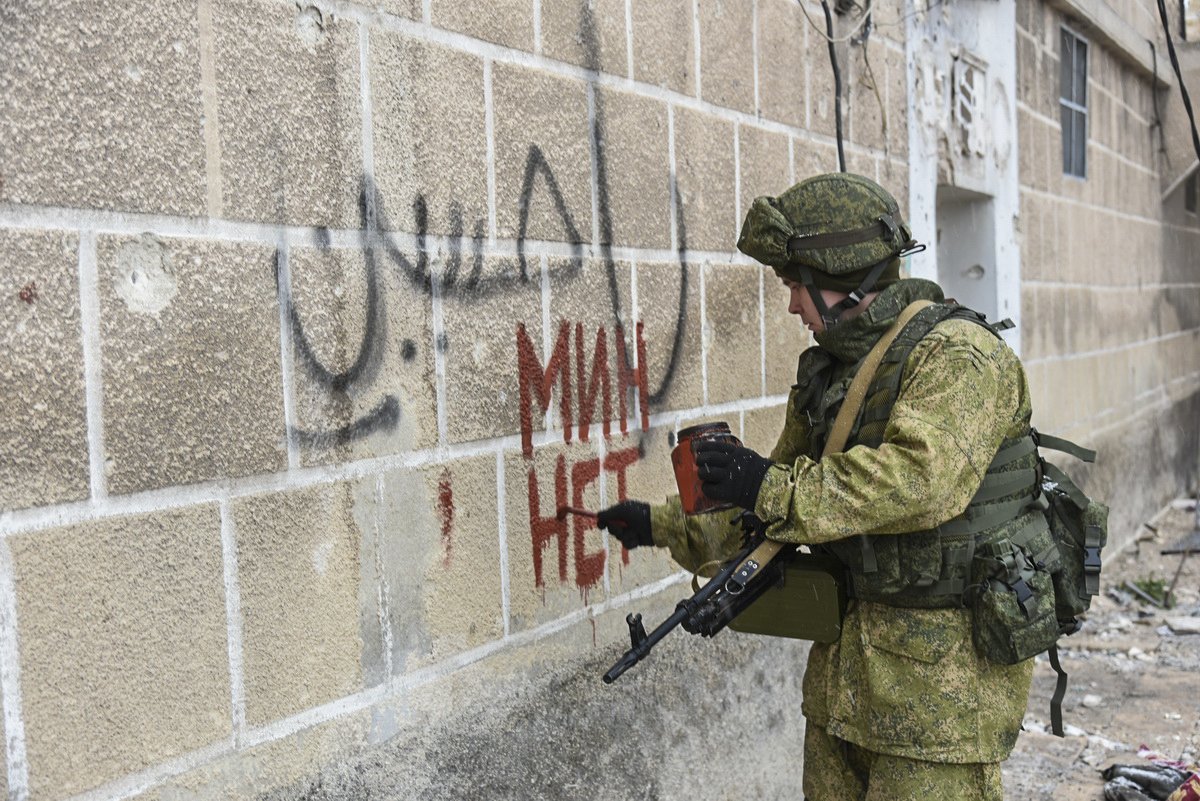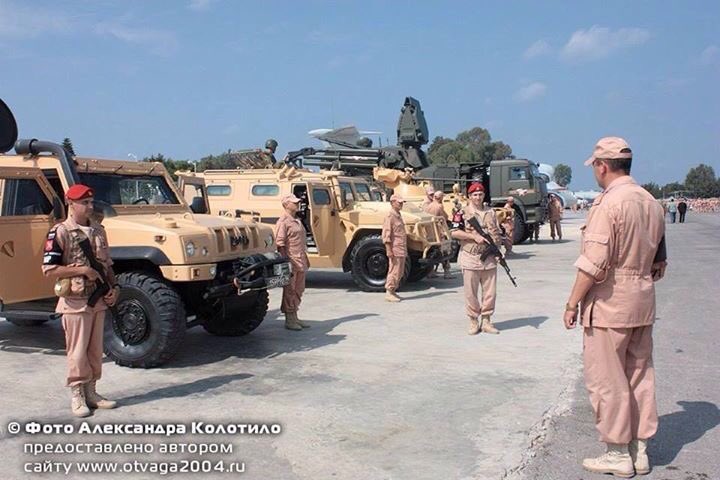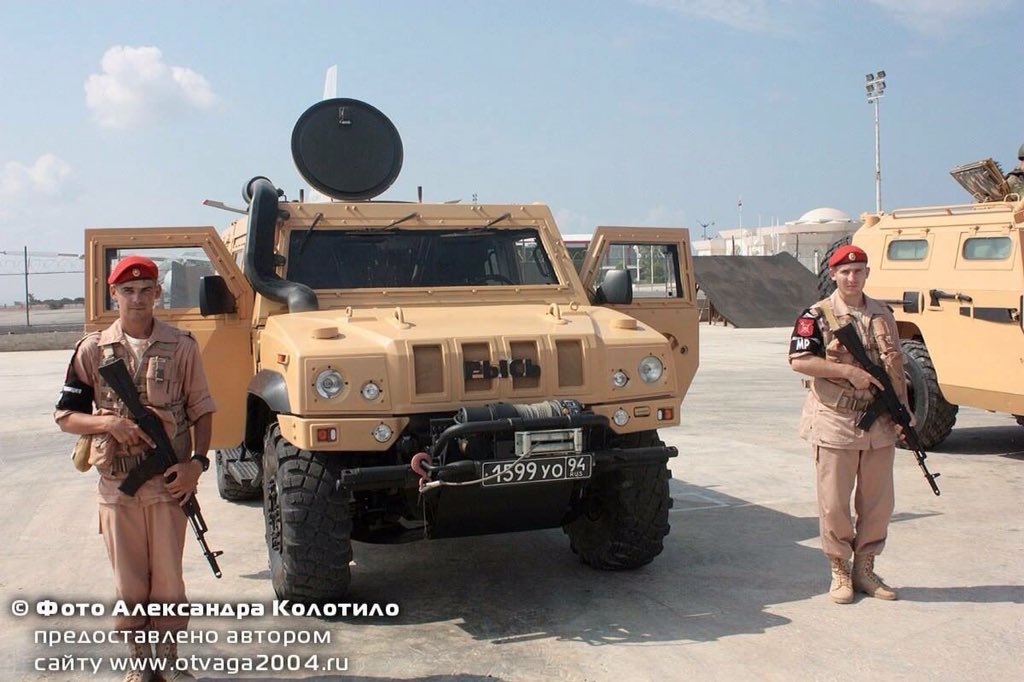Regional and international balance in the Levant (2): Russia’s role in the Syrian war and the tactical differences with Iran
https://elijahjm.wordpress.com/2016/12/27/regional-and-international-balance-in-the-levant-2-russias-role-in-the-syrian-war-and-the-tactical-differences-with-iran/
Following the request of President Bashar al-Assad to his allies for an urgent intervention to prevent the fall of Damascus in March 2013, Iran and its proxies moved into Syria to restore some balance to the battlefield. But the flow of jihadists from many countries in the area and internationally, plus indiscriminate external military and financial support to all groups fighting the Syrian government: all this created a serious threat to several cities.
Among them was the province of Lattakia where millions of Syrian of all religions had found shelter away from the war. The city was hosting millions of displaced Syrians, also the Russian naval base in Tartus. The danger reached also Aleppo: Damascus and its allies were certain Aleppo was about to fall and were ready to accept the defeat and the loss of the second biggest Syrian city. The Syrian Army and its allies were about to pull out their forces from all rural areas and regroup around the main cities to defend and create a demarcation line: this was at the beginning of 2015. The partition of Syria was more than ever a real possibility, and the north of Syria was about to be invaded by Jihadists and their rebel allies. It was not possible to win this war with an unceasing flow of men and weapons from the north, east and south into Syria.
The Iranian leadership, after consultation with Damascus, decided in April 2015 to send the commander of the Quds Forces of the Iranian Revolutionary Guards (IRGC) QassemSoleimani to Moscow to explain to the Russian leadership the danger Syria, and above all Latakia and Aleppo were facing. Jihadists coming from Turkey to rural Latakia shelled the Russian naval base. The US administration’s plan to divide Syria was about to take effect and Iran and its allies were powerless to stop it. Iran would have to provide tens of thousands of its own troops, but that option, which seemed realistic at the time, was rejected due to the treaty between Saudi Arabia and Turkey which allowed them to move their own forces into Syria. This would have added another dimension to the war in Syria and opened the gates to a wider regional and even more destructive conflict. The Russian intervention was the only solution left.
Moscow was convinced: a few months later, in mid 2015, Russia sent its planes, refurbished the Hamemeen military airport (which became its air base) and the command centre, from where it would run its Syrian operation to re-create the lost balance among forces on the ground.
But the reasons behind Russia’s intervention were not, at the outset, to save the Syrian President Bashar al-Assad, but to stop the Syrian state from disintegration and prevent the US from threatening Moscow’s access to the Mediterranean. Syria also allowed the Russian President Vladimir Putin to reaffirm Moscow’s role in the Middle East, as a superpower and main player after a long absence. The challenge was worth attempting even in thisdifficult country called Syria where the US, the UK, France, Saudi Arabia, Turkey, Qatar and Iran were all in the same theatre and on the same stage.
Russia decided to fully engage in Syria on condition that Iran would provide the ground forces, a move which would take advantage of the Russian air force intervention. Russia was not ready to involve troops because for fear of the Syrian quagmire, so it confined its ground force intervention to limited and specialised units. Iran asked the Lebanese Hezbollah to secure tens of thousands of fighters and brought from Iran and Iraq a total of 8,000 men. Iran’s stance was adamant: a battle against ISIS and al-Qaeda ideologists needs similar fighters on the other side to hold the ground in equal confrontation. The regular Syrian Amy was certainly not sustained by a similarly strong ideology and firm objectives to fight and hold the ground, given the disproportionate number of attacking forces in many battles across Syria.
But Russia’s views and objectives differed from those of Iran in Syria. Iran believed Assad in person was the key essential partner, and represented the guarantee needed for the “axis of resistance”. Tehran was convinced that any other Syrian President during a time of war would not be able to cope with so much pressure: multinational alliances were gathering against him in response to his partnership with Iran, Hezbollah and various Palestinian groups, and the countries of the region were directing a considerable flow of finances to the opponents of the Syrian government. Iran, moreover, strongly believed (and still believes) that the war in Syria must end with the total elimination of the “Islamic State” (ISIS/Daesh) and al-Qaeda (Nusra or Fatah al-Sham) together with all the other jihadist ideologists. These jihadists, if not eliminated, would certainly spill over into neighbouring countries on the Lebanese and Iraqi borders, representing a huge potential threat to Iran’s allies and, in consequence, to its own national security.
Russia engaged in the war in Syria, imposing its own priorities, to liberate the land considered the most crucial for its own benefit and its own national security.Tehran and Damascus on the other hand wished to widen the involvement on multiple fronts. The organisation of military operations here raises complex issues, because Russia maintains and seeks to continue a good politico-economic relationship with the many countries involved in the war, especially Saudi Arabia, Turkey and Israel.
Russia learned a lesson from Afghanistan, avoiding the involvement of large numbers of troops on the battlefield, limiting its presence to small artillery units, Special Forces, intelligence units, and commanding staff officers to support its air strikes. The Russian Ministry of Defence allocated the same budget usually spent on training domestically to be invested in Syria for its new pilots and officers to train on real objectives.
Contrary to the predictions of most western analysts and media expectations, Russia was able to establish, in the first six months of its intervention, the balance of forces needed to impose President al-Assad as a negotiator and as an essential part of the solution to end the war in Syria.
In March 2016, President Putin – despite the objection of all of his allies on the ground – announced the end of military operations and his willingness to negotiate a peace process, imposing his will over Syria and Iran. But he has not been able to impose his will on the West, Turkey, Saudi Arabia and Qatar, and these have certainly not yet said their last word.
Iran opposed Russia over the first cease-fire agreed between Moscow and Washington. Tehran believed the US was looking to gain time for the jihadists and rebels to re-organise themselves. The Americans have more experience than the Russians in stopping battles when they believe those they are supporting are losing. In fact, a few weeks later, while the US Foreign Secretary John Kerry failed to separate the US and its allied proxies from jihadists, these launched a massive attack, regaining in days what took Iran and its allies months to recover in the first battle of Aleppo.
Russia was focused, with concern, on the mainstream media which was largely directed against Moscow, even at the cost of turning a blind eye to jihadists like al-Qaida. Both Washington’s foreign policy and the international press tolerated those who had committed the biggest single and most destructive act of terrorism against the US (9/11). And even if Russia went along with the US, its aim was still not to liberate all of Syria as Iran and Assad wanted, but to reach a politically negotiated settlement with Assad as a partner, though not the only one.
The Russian offer was unsuitable for a game with so many players: the US wanted to halt the air force activity but avoid Assad and his allies victory; Qatar and Saudi Arabia wanted to remove Assad by diplomacy or military means as the Saudi Foreign Minister declared endlessly; Iran wanted to eliminate all jihadists to avoid seeing these back on tract again, which is exactly what happen with ISIS several years after its defeat in 2008 in Iraq; Assad wanted to fight, taking advantage of Russian air force and his allies ground forces supporting the Syrian Army.
Moscow ignored the allies’ wishes until new elements imposed themselves and pushed Russia to change its mind: the turkish downing of the Sukhoi 24. This changed Russia’s stance into an aggressive one towards Turkey and its proxies in Syria. At the same time, the US Foreign Secretary was unable to keep his promise (and the agreement) to separate jihadists from rebels : this wasdue to an internal power struggle with the Pentagon (as he himself declared).
It was obvious to Russia, to the great joy of Iran, that Washington was only buying time, even when the jihadists and their allies managed to break the siege of east Aleppo and recover important strategic hills in Homs.
Events effectively re-imposed Russian – Iranian harmony. Russia pushed its whole weight into the battlefield after the jihadists’ and rebels’ second battle of Aleppo, brought its fleet to the Mediterranean,enlarged its naval and air bases on the Syrian coast and decided to offer Aleppo, all of Aleppo, to Assad and disregard any call from Washington. In fact, Iran and Russia agreed to bring in Turkey because of its strong influence over many (– though not all) – of the jihadists and rebel groups operating in Syria.
Following thousands of Russian airstrikes, the Syrian government regained control over the second biggest city of Syria, the industrial capital, Aleppo, ending any dialogue between Moscow and the present US administration.
Again, Damascus, Iran and Russia disagreed on Aleppo: Moscow agreed to evacuate thousands of jihadists and rebels from the east of Aleppo, despite the objections of both allies to the agreement, which was offering free access to jihadists and rebels without any return. The two partners wanted to exchange all prisoners of war captured and detained in east Aleppo, and wanted the evacuation of a similar number of civilians from the two besieged cities of Fua and Kfarya in rural Idlib.
Russia wanted to put on one side the east Aleppo issue and conclude a deal as soon as possible. For Russia, regaining territory and a city like Aleppo was more important than engaging in an exchange of prisoners and civilians that might take weeks to achieve. Turkey offered to allow 1250 wounded to exit the two Shia cities to calm Russia’s partner, in exchange for 13,000 jihadists, rebels and their families. The deal was considered possible by Russia who managed to impose it on all partners. With the withdrawal of the last militants from east Aleppo, Damascus found the bodies of dozens of soldiers executed.
Today, Moscow is uninterested in dealing with the actual US administration in its last days of power. Nevertheless, Obama decided to embarrass his successor, President Donald Trump, by signing a decree to arm the Syrian rebels (those operating closely with al-Qaeda and other jihadists) with anti-aircraft missiles. The effect of such a decision won’t change the course of the war in Syria for as long as Turkey continues to work closely with Russia and Iran to distance the Islamists and rebels from the jihadists. Despite the fact that President Putin announced it was time to negotiate a cessation of hostilities over all the Syrian territory, his American counterpart is still engaged with the language of war. In fact, Obama’s policy is in line with Iran’s policy. Iran doesn’t consider the potential deal with jihadists to be achievable.
Tactically, there are differences of priority regarding the next step after Aleppo: today, Russia sees a military priority for ground troops to go to Palmyra to re-take it from ISIS whereas Iran considers that the battle should concentrate on enlarging the security perimeter around Aleppo from Rashideen-4 to abu-Duhur and Khan al-Asal up to the Idlib area, restoring Tel el-Eis and breaking the siege of the cities of Fua and Kefraya. The Syrian government believes the priority lies in liberating the whole Damascus area, Duma and the south of Damascus.
Russia could agree on multiple fronts as long as ground forces are available to benefit from its air bombing. Moscow always sees Syria from its own perspective, taking into consideration its allies’ views in many but not all cases. Moscow keeps in mind its relationship with the other important players in the Middle East, i.e. Saudi Arabia and Israel.
Syria is headed toward more battles but a peace deal is visible on the 2017 horizon. Sometimes diplomacy necessitates the language of guns and fire to impose peace on the participants. One thing is certain: the jihadists certainly will not be laying down their arms for the simple reason that this would blow away the essence of their ideology: they would have to choose to migrate to a country outside Syria.
Yet despite what Tehran and Damascus believe, there are already many rebels ready to be reconciled and lay down their arms. The last word over the future of Syria has not yet been said. The Middle Eastern policy of the forthcoming US president, Donald Trump, will be important in prolonging the war or pushing, along with Russia, towards the end of it. Whatever Trump’s decision, Moscow is headed towards consolidating itself in Bilad al-Sham to achieve the end of this war before it reaches the end of its seventh year: it won’t be practically possible to stop all belligerents before May-June 2017.




